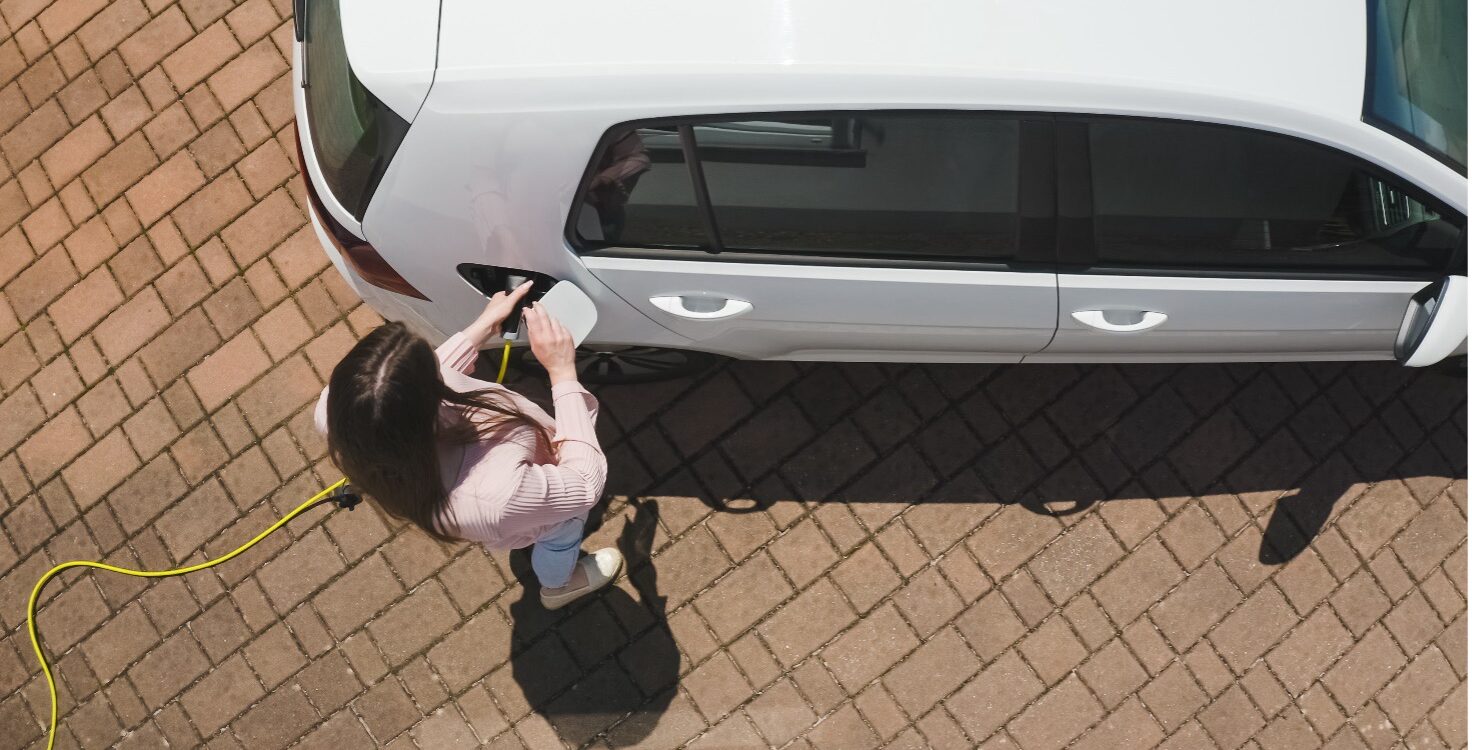What is it about?
Researchers from the University of Turku and the Finnish Environment Institute (Syke) organized a Citizens’ Assembly on Energy in January–February 2025. The Citizens’ Assembly and related research is funded by the Strategic Research Council of the Academy of Finland.
The Citizens’ Assembly included a group of randomly selected citizens. During the assembly, participants heard from experts, deliberated on issues related to household energy use, and drafted a public statement on the topic. The statement was published and presented to the ministries after the assembly.
The Citizens’ Assembly applied the method of deliberative democracy, where participants thoroughly explored the topic, discussed it from various perspectives, and collectively formulated recommendations and justifications to be delivered to decision-makers. The assembly aimed to represent a broad range of population groups and viewpoints. More information about the method is available in the citizen discussion guide prepared by researchers at the University of Turku. Below you can see the countries in which citizens’ assemblies have been used as a method.

Picture: TomTom 2024
Below, you will find answers to frequently asked questions about the Citizens’ Assembly.
Frequently asked questions
Why was the citizens' assembly organized?
Finland is transitioning from burning oil and coal towards energy production based on nuclear power as well as solar and wind energy. This shift reduces greenhouse gas emissions and enhances energy self-sufficiency. However, it also increases fluctuations in electricity prices and creates a need for timing electricity consumption and reducing overall consumption.
The citizen assembly was organized to support ongoing national policy development in the ministries and the implementation of policy measures decided at the EU level in Finland.
Who participated in the citizens' assembly?
An invitation to participate in the citizen assembly and an associated survey was sent to 8,000 Finnish citizens, selected through a random sample from the Digital and Population Data Services Agency’s registry. The recipients were chosen randomly, meaning every Finnish citizen aged 18 and over had an equal chance of being invited to the assembly.
Participation in the assembly was voluntary. To volunteer for the assembly, invitees were asked to fill in the electronic survey form provided with the invitation.
From the pool of volunteers, 54 participants were selected to ensure a diverse representation of Finland’s population based on predetermined quotas.
Participation did not require prior knowledge of the topic, but attendees were expected to commit to all meetings. Travel and accommodation expenses, if necessary, were reimbursed, and participants received a commission for their involvement.
How did the citizens' assembly work?
The citizens’ assembly met:
- In person in Helsinki over two weekends: February 1–2 and February 15–16, 2025.
- Online on two evenings: January 29 and February 12, 2025, from approximately 5 PM to 8 PM.
Before the assembly, participants studied background materials provided to familiarize themselves with the topic. During the sessions, they heard from multiple energy sector experts, deliberated on various perspectives and the information presented, and collaboratively drafted a public statement. This statement was published and submitted to the ministries.

The assembly was guided by trained moderators. Discussions followed the principles of deliberative citizen dialogue, which emphasize listening to diverse viewpoints and carefully weighing them against relevant information.
What was the task of the citizens' assembly?
The task of the Citizens’ Assembly was to draft a statement addressing key issues related to household energy use, including:
- What should be considered in promoting demand response solutions?
- How can the housing-related policy measures of the medium-term climate plan (KAISU) be implemented in an acceptable and effective manner?
- Which groups are particularly vulnerable in terms of energy use?
- Who should energy subsidies be targeted at, and how should they be allocated?
- How, where, when, and to whom should energy advisory services be provided?
The Citizens’ Assembly was convened to provide advice to decision-makers on these and other issues, with the aim of improving the fairness and acceptability of energy policy.
What is the public statement of the citizens' assembly?
During the citizens’ assembly, participants drafted a public statement. This statement represents a deliberated citizen perspective on how smart energy consumption in households could be promoted and how this development could be guided as fairly as possible.
The statement was authored collectively by the assembly participants. It does not reflect any individual participant’s views but is instead a shared position of the group. The statement was published and submitted to the Ministry of Economic Affairs and Employment and the Ministry of the Environment after the assembly concludes. You can read the public statement here.
Who organized the citizens' assembly
The citizens’ assembly was organized by researchers from the University of Turku and the Finnish Environment Institute (Syke) as part of the FLAIRE project. The Ministry of Economic Affairs and Employment and the Ministry of the Environment received the assembly’s public statement and use it in their preparatory work.
The topics discussed in the assembly were defined in collaboration with the ministries to align with ongoing policy development.
What materials are available about the citizens' assembly?
You can find materials about the citizens’ assembly under the “materials” – tab
